
Hey Siri… tell me a joke.
Why did Adele cross the road?
To say Hello from the other side.
While it’s fun to see what terrible jokes Siri comes up with, that’s not all voice assistants are being used for.
Voice search has become a prominent trend in the past few years. Since the smartphone, “smart speakers are the fastest growing consumer technology” (Harvard Business Review, 2019). So how is voice search is changing the way we shop online, and what this could mean for retailers?
Changes in Search: Conversational AI
According to the 2019 Microsoft Voice Report, “voice itself is not the next big disruptor. There is an even bigger disruption on the horizon: Conversational AI and its impact on consumer behaviour”.
‘Conversational AI’ may sound like another sci-fi-esque buzz word, but in simple terms, it’s any machine we can talk to that offers human-like interactions. Chances are, you’re probably already engaging with these or using them on your site. Website chat bots, messaging apps or home assistants are all examples of conversational AI. They work by using speech recognition, natural language processing and machine learning to understand what we are saying and respond in a natural way.
This is part of the key changes we’re starting to see in search. With machine learning, Google can answer vague, abstract and conversational searches. One example is the development of Google’s AI technique known as “Neural Matching” (Think With Google). Neural Matching allows Google to better connect words to concepts and generate more diverse results.
An abstract query such as “why does my TV look strange” can be deconstructed into terms that Google can understand and provide a response to.
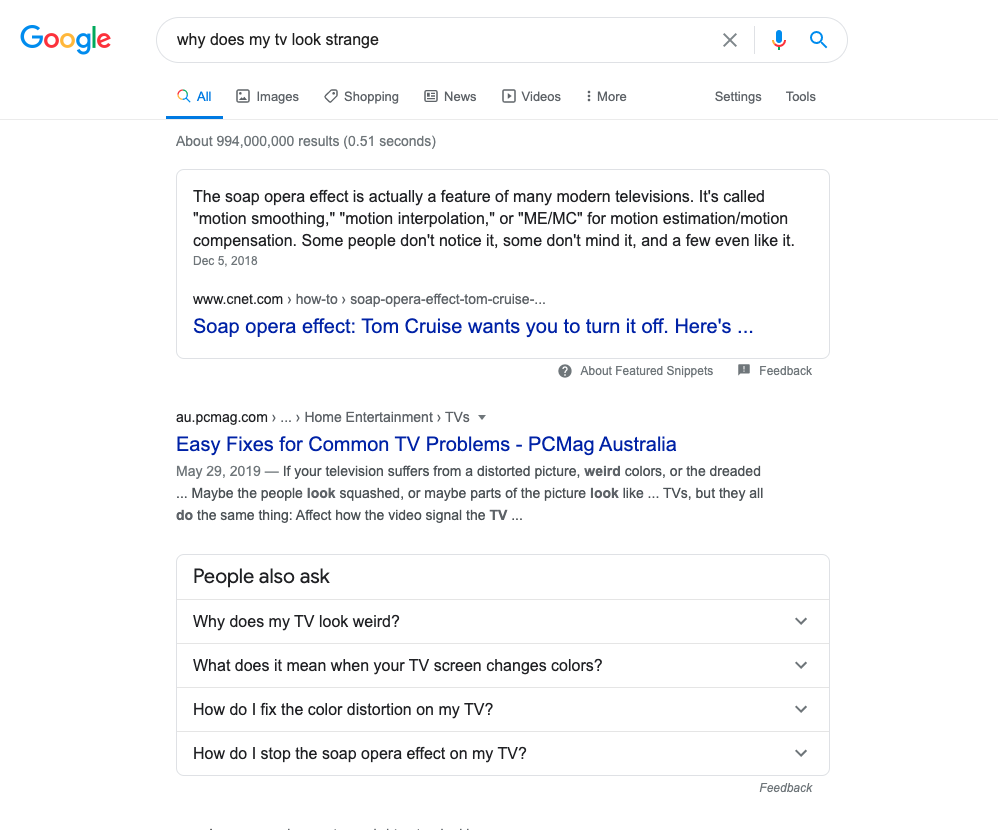
With the growth in voice search, Google has put more focus on AI technology which allows its Google Assistant to perform human-like conversations. This means consumers can use conversational terms in their queries and still get accurate results.
According to Microsoft, “it flips the user dynamic – instead of humans learning computer code, computers are learning our language” (Microsoft Voice Report, 2019). The Google Assistant learns from our experience, cross-referencing it to previous preferences to offer up more personalised suggestions.
As this technology continues to develop, we expect to see changes in the way search is used. To prepare for the growth of conversational AI, your brand needs to have the capabilities to converse in a human-like way with customers across platforms. One way is to enable customer service chat bots on your website. This can act as a stepping stone for the future of voice shopping on your online store, as customer service chatbots can track orders, answer product questions and start returns processes (Shopify).
The Rise of Voice Ecommerce
Purchasing through voice search is on the rise. Microsoft’s survey of 5000 US consumers found that “40% of respondents have tried to make a purchase using their voice”. It’s still the early days, but brands need to pay attention to this growing trend.
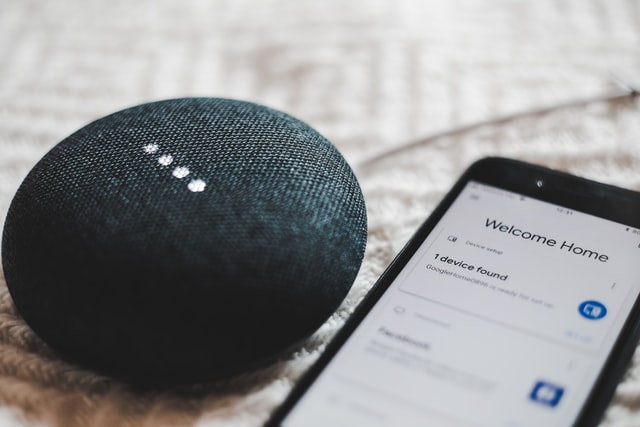
Re-ordering common household products is a natural use for voice purchase (Shopify). According to Quora Creative, “grocery shopping accounts for more than 20% of voice-based orders” (Quora Creative). You may be mid-baking when you realise you’ve used up the last of the flour. With voice search, you can easily call out to your Google Home or Alexa tell it to order your some more, without having to get out your phone or stop what you’re doing.
Google Shopping Actions is a program that will make this process easy for consumers and retailers. Retailers can display their products on Google Platforms, so customers can shop directly through Google Assistant and Google Home. While currently only available in the US, once this feature expands internationally, you can expect voice shopping to become a more popular choice amongst consumers.
In Australia, Woolworths was the first supermarket to offer a Google Voice Action (Inside Retail). This meant shoppers could easily link their Woolworths account to their Google Assistant and add items to their shopping list (no more forgetting your groceries!). Companies like Woolworths, that are leading with these trends are providing greater customer experience as everything is linked to the one account for easy access.
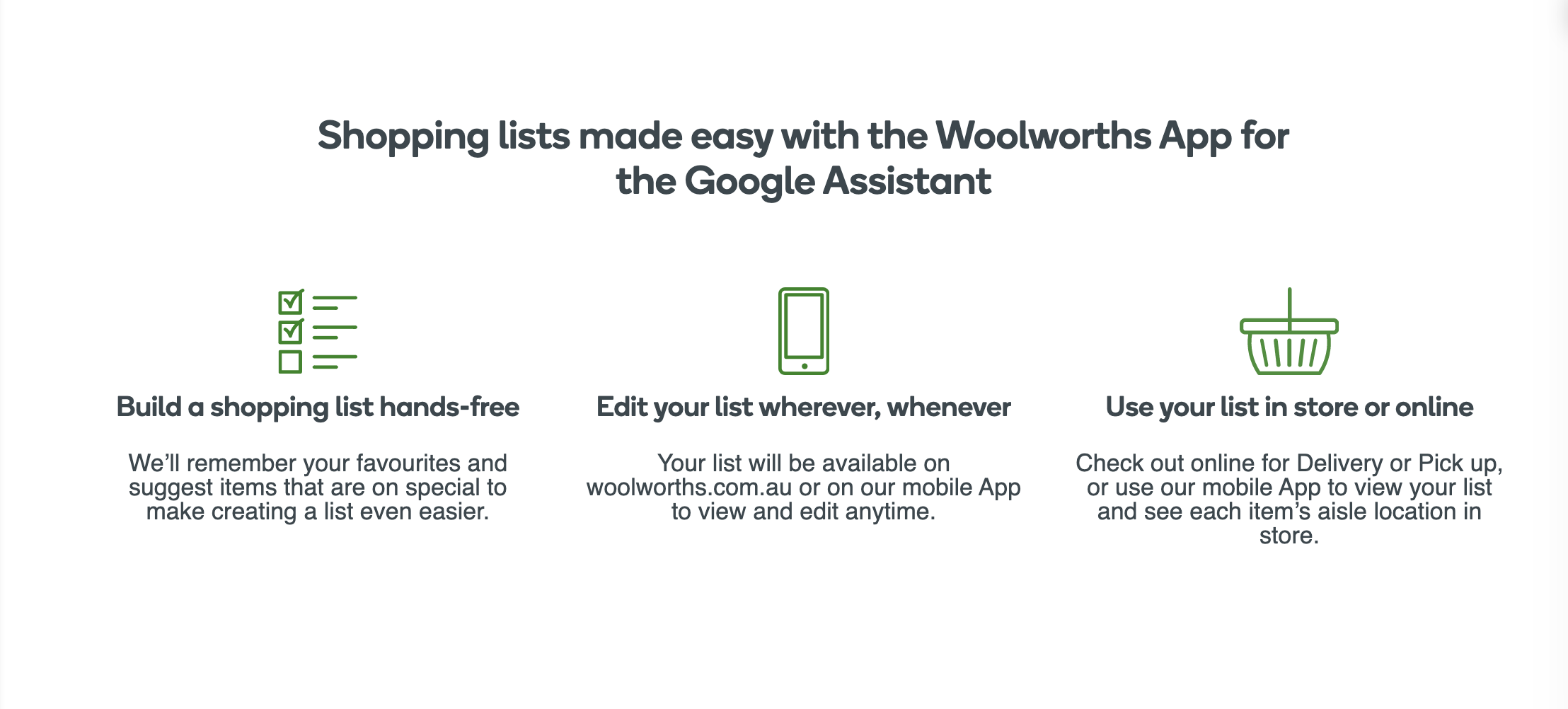
Source: Woolworths
Challenges for Voice Ecommerce
Lack of Trust
While voice ecommerce is on the rise, trust is still a major hurdle.
According to the PWC Consumer Intelligence Series report, “a lack of trust is one of the factors inhibiting voice technology experimentation. For more serious situations involving money (shopping, refund on an airline ticket, etc.), consumers prefer what they already know and trust—at least for now”.
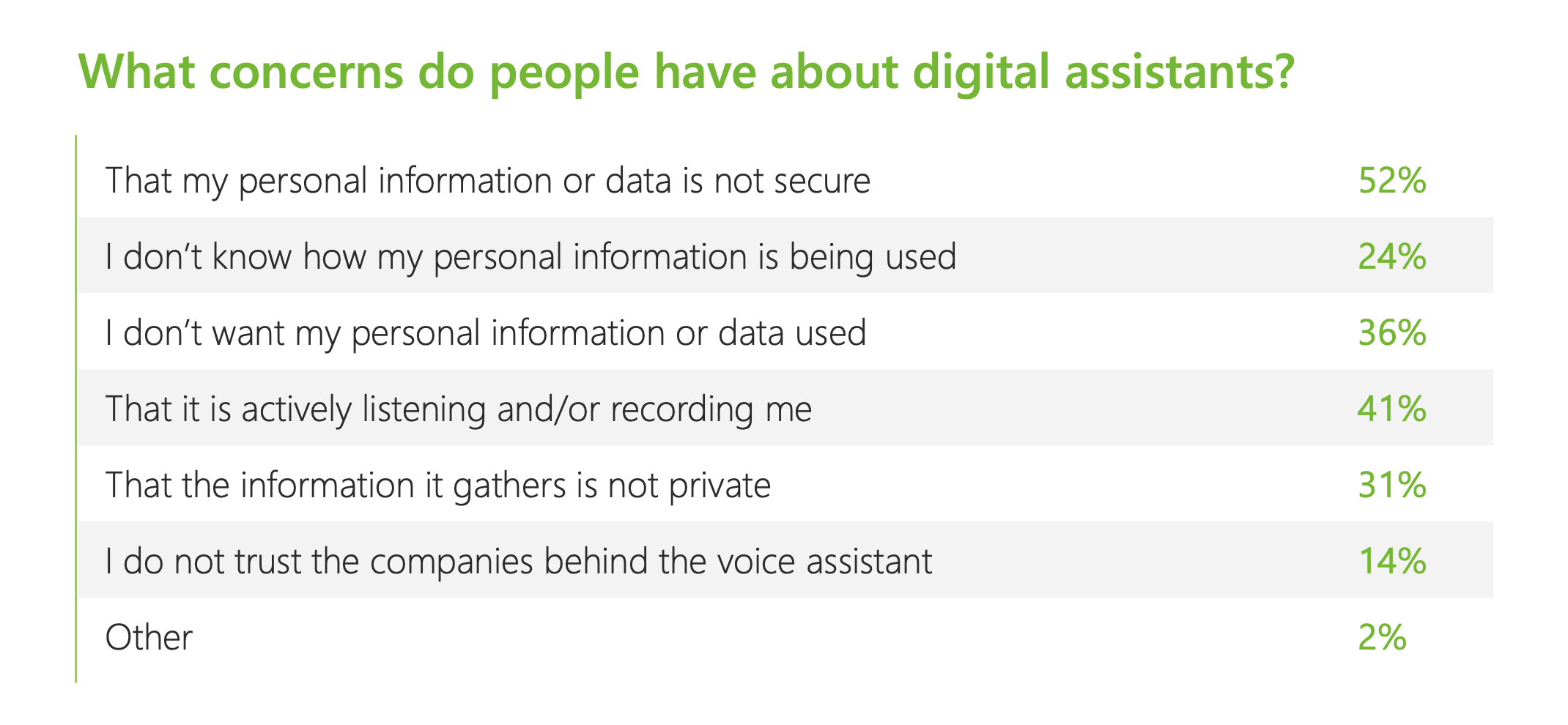
Source: Microsoft Voice Report 2019
This challenge is nothing new. Trust is something that any new technology has to overcome. We can expect that once trust has been fostered, voice ecommerce will become more mainstream.
How do Retailers Prepare for Voice Search?
Voice search is likely to keep on growing. So how can retailers use this information to improve their digital strategies?
Adapt Your Content Strategy
Use Conversational Language
The way we interact with voice search is different to how we type. More conversational language is the go-to when it comes to voice queries. According to Think With Google, “Almost 70% of requests to the Google Assistant are expressed in natural language, not the typical keywords people type in a web search”. Update your keyword research and reflect this in your content.
Answer Common Questions
Questions are the most common search terms in Voice Search, with phrases “how”, “what” and “best” being the most commonly used keywords (Quora Creative). Incorporate “how to” content in your SEO strategy that assistant technology can recite as an answer (Bright Local).
To do this, start by researching common questions within your industry and think about how your audience speaks about your business.
Google itself is a great place to start. Enter a common keyword related to your business and see what related searches appear in the search bar and at the bottom of the page. See if these can then be transformed into questions. Another great tool you can use is Answer the Public.
Once you have your questions, create a blog post or a FAQ section on your website. You should answer the questions concisely, with 29 words or less per answer. With your blog posts, try to focus on one topic and include direct question and answer sections optimised for voice search.
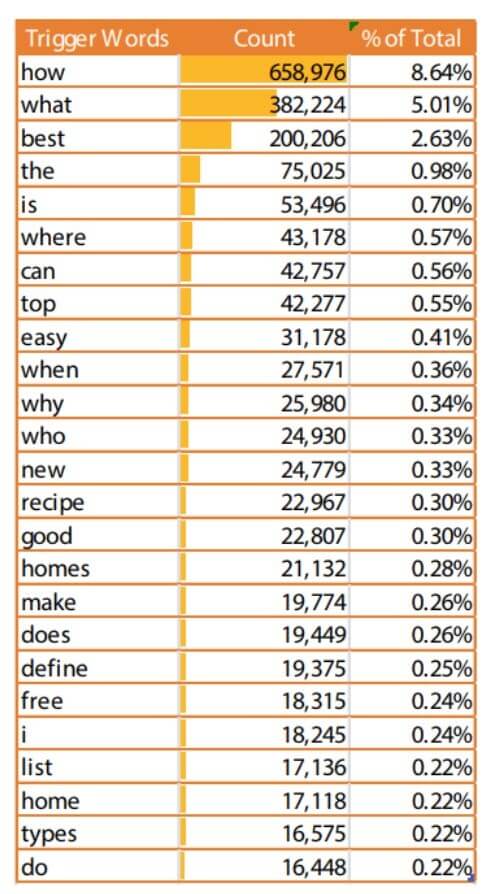
Source: Bright Local
Have a Winning SEO Strategy
If your content is already ranking well in desktop searches, there’s a good change it will rank for voice search. According to Quora Creative, if your page is ranking in the top 3 results for a regular search, there’s a 75% chance it will rank for the equivalent voice search.
Most of the SEO techniques you know and love will apply to ranking for voice search, this includes:
- Quality, regularly updated website content
- High website authority
- Fast page load speed
- Use structured data/ schema markup
- Use a mixture of long-tail keywords in your content
Local SEO Strategy
Local queries are one of the most popular ways to use voice search. According to Bright Local, "76% of smart speaker users perform local searches at least weekly”. This could be getting directions, finding a local dinner option or checking a business’ opening hours.
Ensure you have a local SEO strategy with optimised Google My Business page containing content, images and up-to date information. List your business in local directories and ensure your NAP (name, address and phone) is consistent wherever your business is listed. Also include geo-specific keywords in your website content.
The adoption of voice search is still underway, but it’s clearly a trend set to continue growing. While it won’t happen overnight, you can start preparing now for the future of voice search by optimising your site to meet customer’s needs.